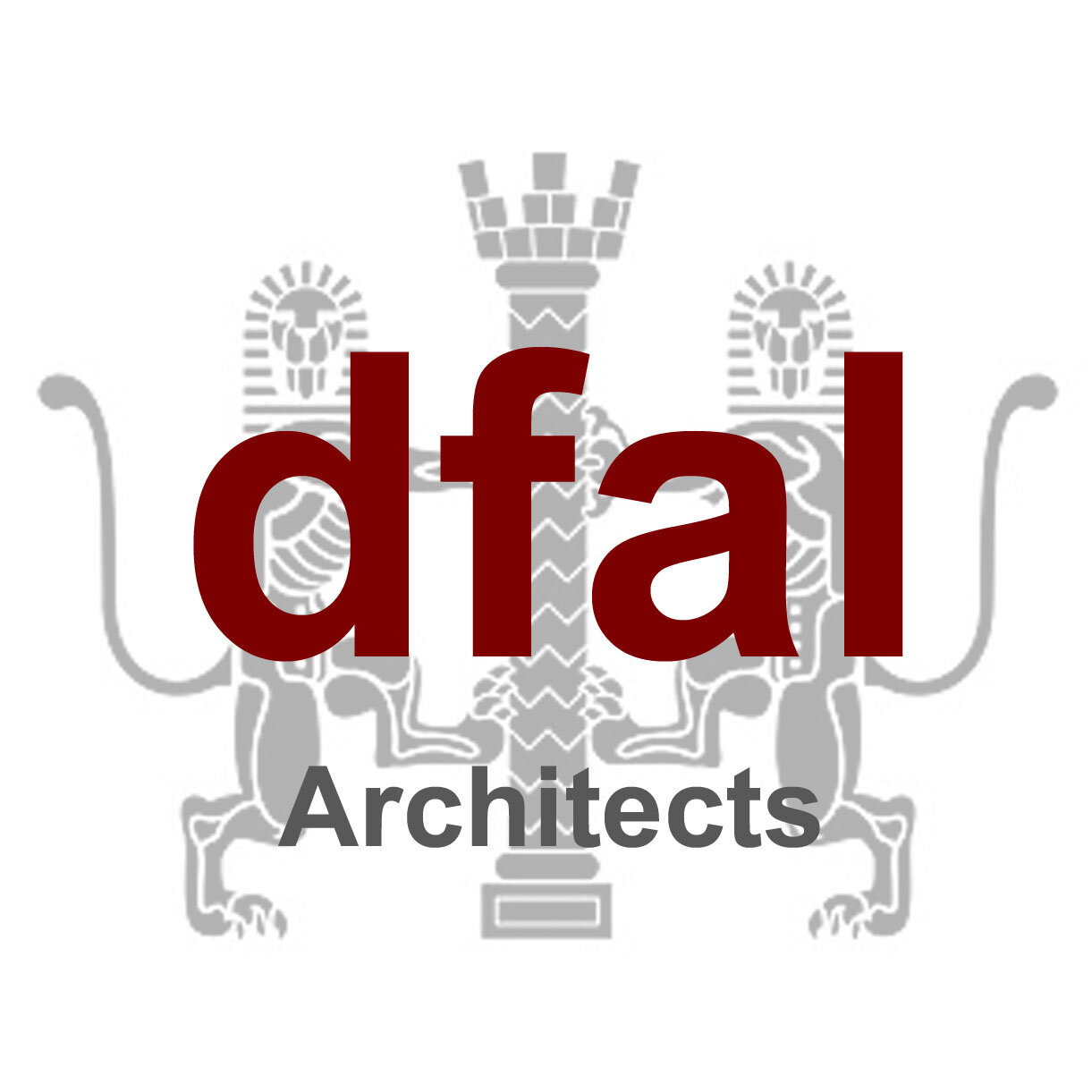Nutrient Neutrality Update 16.09.2022
DFAL were in attendance of the Joint Councils Meeting on Monday 12th September to update the industry on the Nutrient Neutrality requirement. During the meeting the Joint Councils consultant Royal Haskoning made a presentation of the refined catchment maps and nutrient budget calculator (both of which are still to be agreed with Natural England).
The pollution
During the presentation Royal Haskoning presented two telling pie charts which are repeated here indicating the source of pollution within the two catchment areas. As can be seen urban only accounts for 18% and 7% of the total pollution in the area. The main contributors are Anglian Water (STW sewage treatment works), livestock and agriculture.
Catchment mapping and edge cases
Refined catchment mapping was present which is yet to be published. It was explained that the catchment area will change slightly and a refined edge will be published with a zoomable map to allow exact determination of in or out. The new catchment maps are also set to include Foul water and Surface water catchment layers to allow confirmation if a site lays with one (1), other (2) or both (3). This presents edge cases demonstrated in the diagram which may fall only into one category of catchment.
Mitigation and getting the planning system moving
Mitigation of large scale sites was discussed, with their ability to offer land for conversion to a mitigating land use will potentially allow them to move forward if robust cases along with the refined calculator are provided. It was indicated this could potentially occur before Christmas 2022.
Mitigation of small sites remains in question. It was indicated that as anticipated a levy will be created to allow purchase of ‘credits’ to mitigate nutrient run off. The nature of these credits was not defined however a very rough indication of cost was provided between £5000-10000 per dwelling. No indication was given as to when this might be implemented.
A refined budget calculator was presented and demonstrated. This new calculator now indicates the area of land which would be required to changed into a different use to mitigate the proposed development. An example of 20 dwellings was used which resulted in an area of 50Ha wetland being required to mitigate the Nitrogen run off. Indicating that around 2.5HA per dwelling is required which is frankly completely unrealistic.
Programme for Adoption
Adoption for the catchment maps and revised calculator are subject to agreement from Natural England and the Joint Local Authorities. It was indicated that this should be resolved by the end of September 2022.
DFAL Commentary
While waiting for the meeting to begin DFAL MD Tom Ayers undertook some rough calculations regarding the Gross National Product (GNP) for the region produced by the Companies and representatives present. According to the office of national statistics the East of England’s area's GNP in 2018 was £186mill, accounting for inflation this is now £200mill. Those present on monday represented at least 5% of the GDP, in turn those they worked for or represented would likely represent at least another 5% of the GDP, the majority of which now have projects on hold. In any economy if 10% of the GDP is at risk this would signal a major risk of recession and without a doubt this is heading towards a Local recession.
Six months on from the notification from Natural England and still nothing has moved, developers large and small are no closer to achieving planning permission. Research from the Home Builders Federation shows that the firms they represent alone 10490 homes are on hold in the Broadland and Wensum areas at various stages of planning application. The Federation estimates they represent 80% of home builders in the area which would indicate over 13000 houses are on hold in the catchment area with little light at the end of the tunnel.




